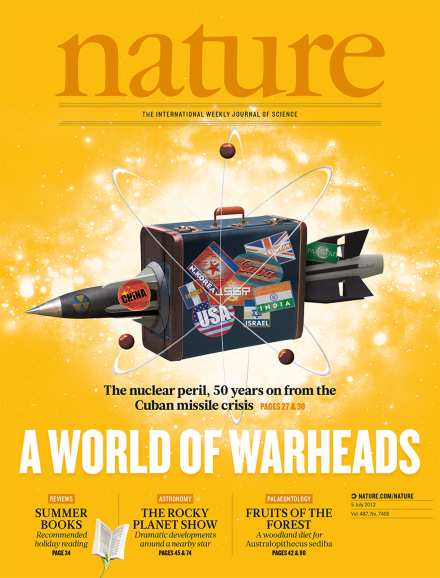Volume 487 Issue 7405, 5 July 2012
Editorial
World View
Research Highlights
Seven Days
News
News Q&A
News
Correction
News Feature
Comment
Summer Books
Correspondence
Correction
Obituary
News & Views
Article
Letter
-
The diet of Australopithecus sediba
Collection:

